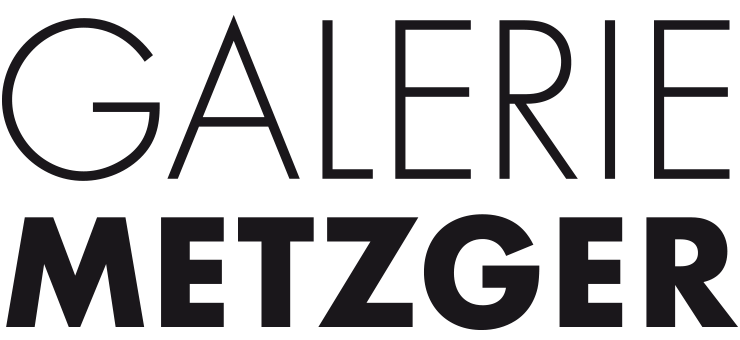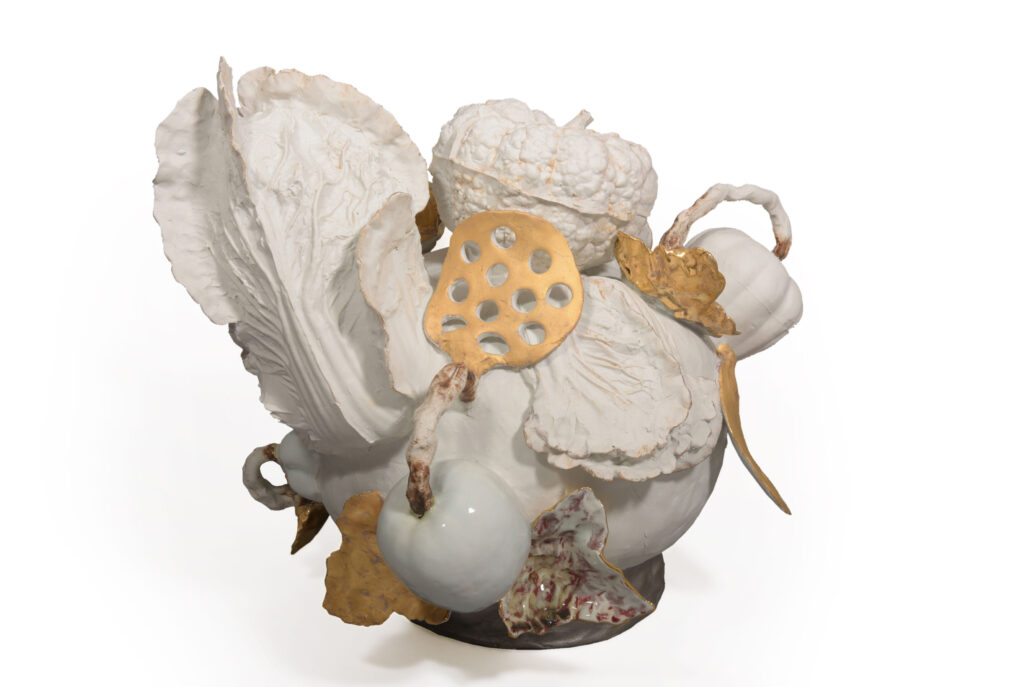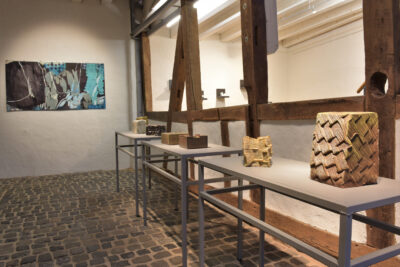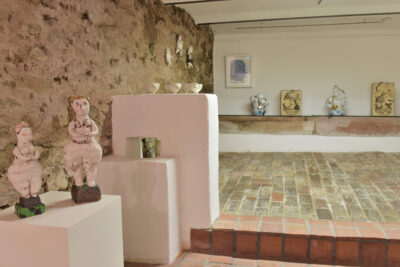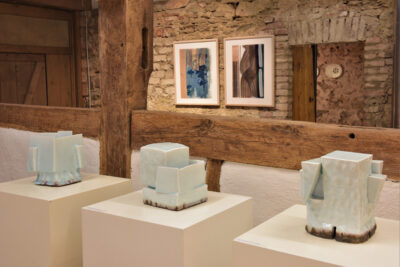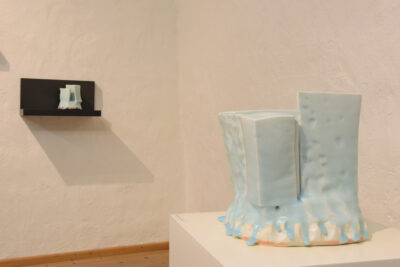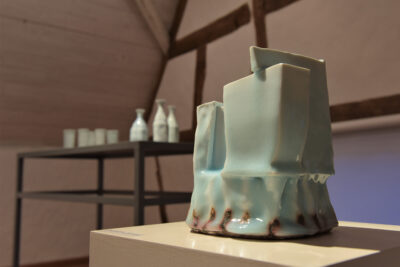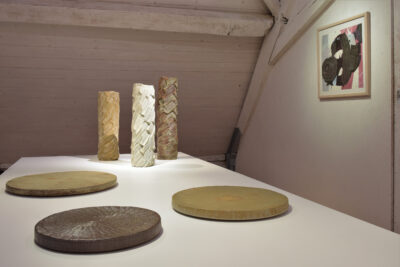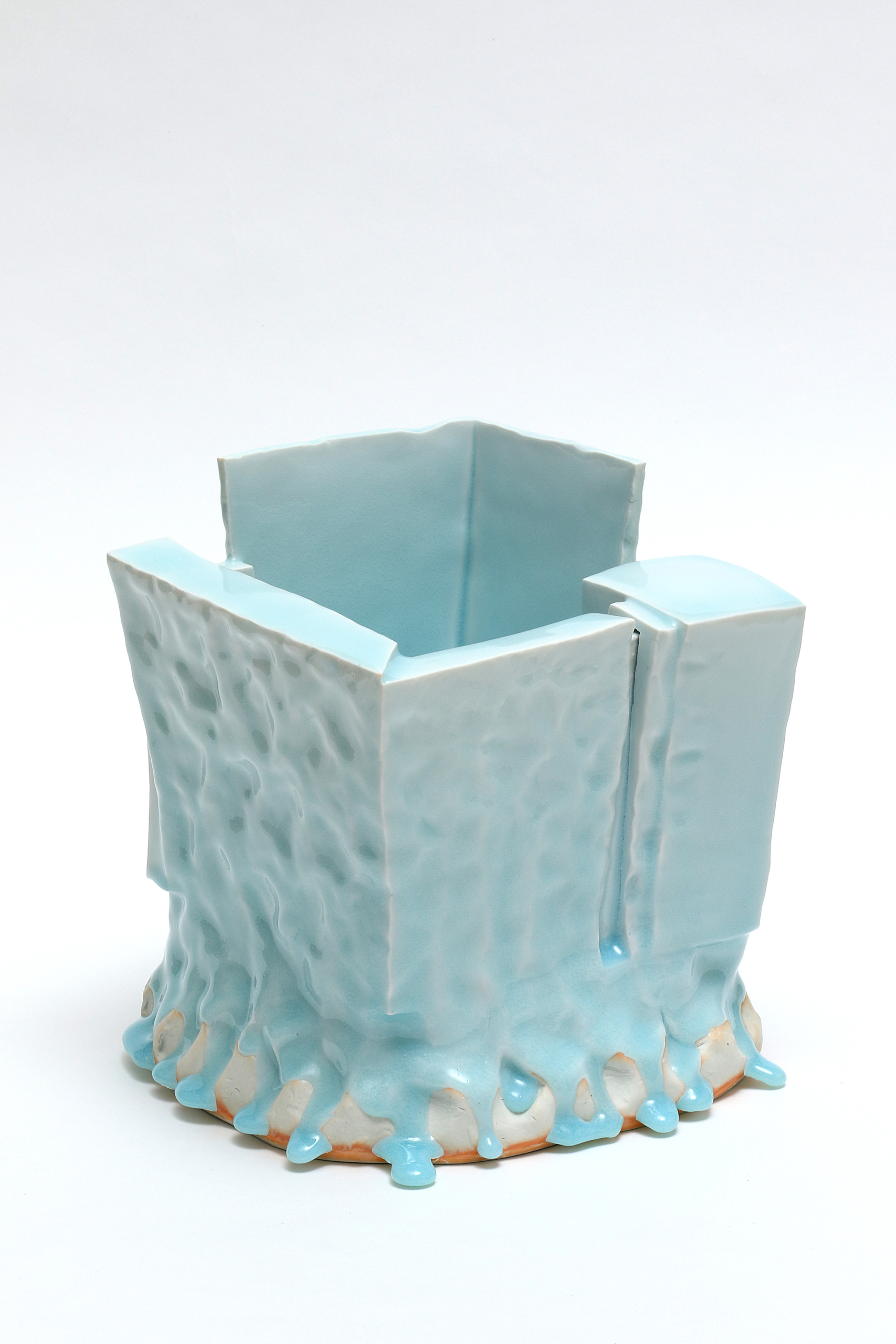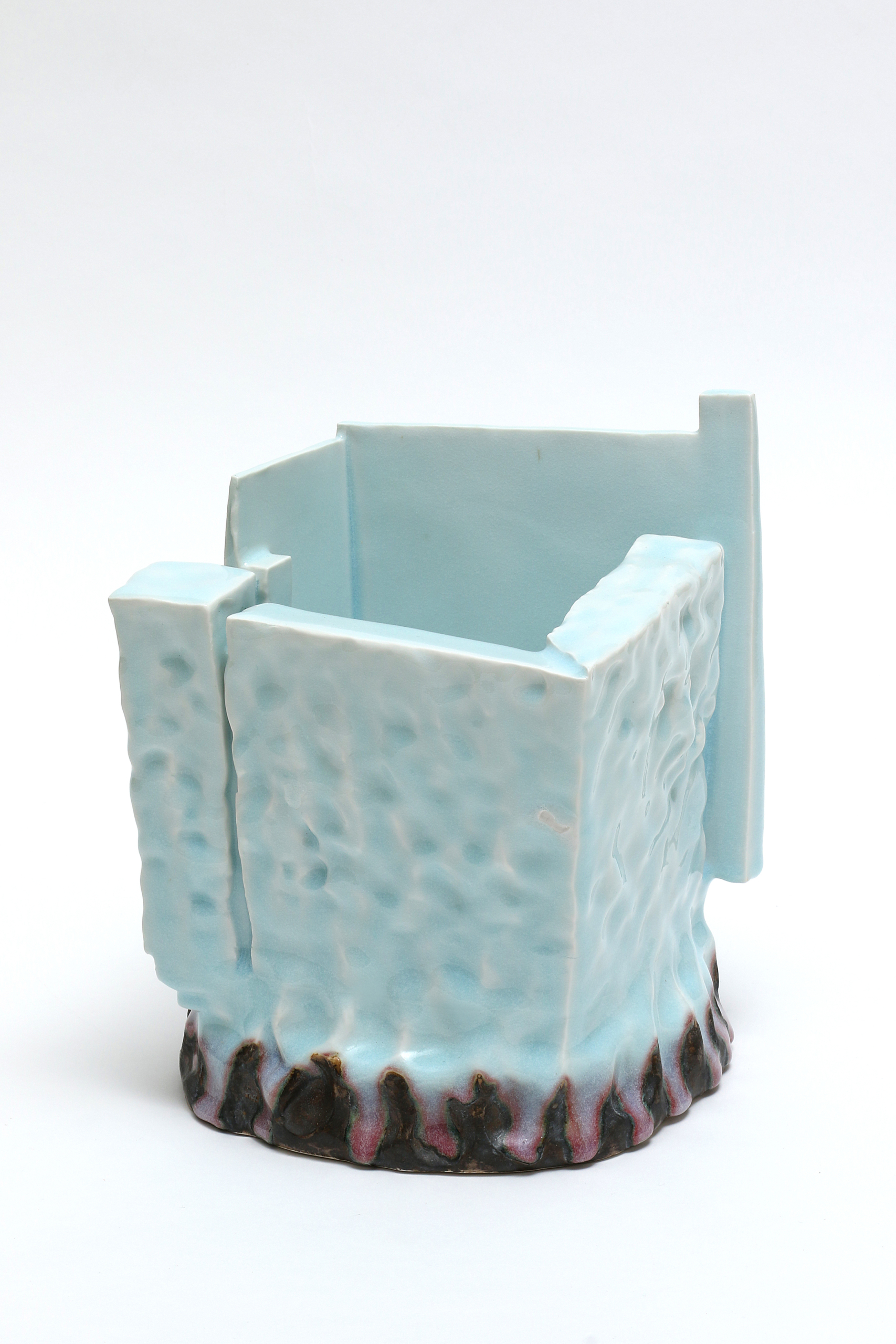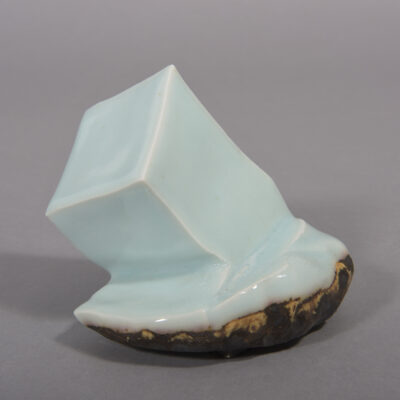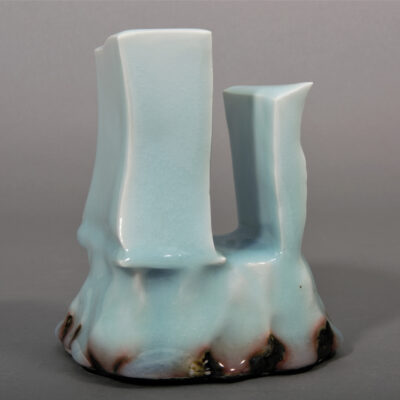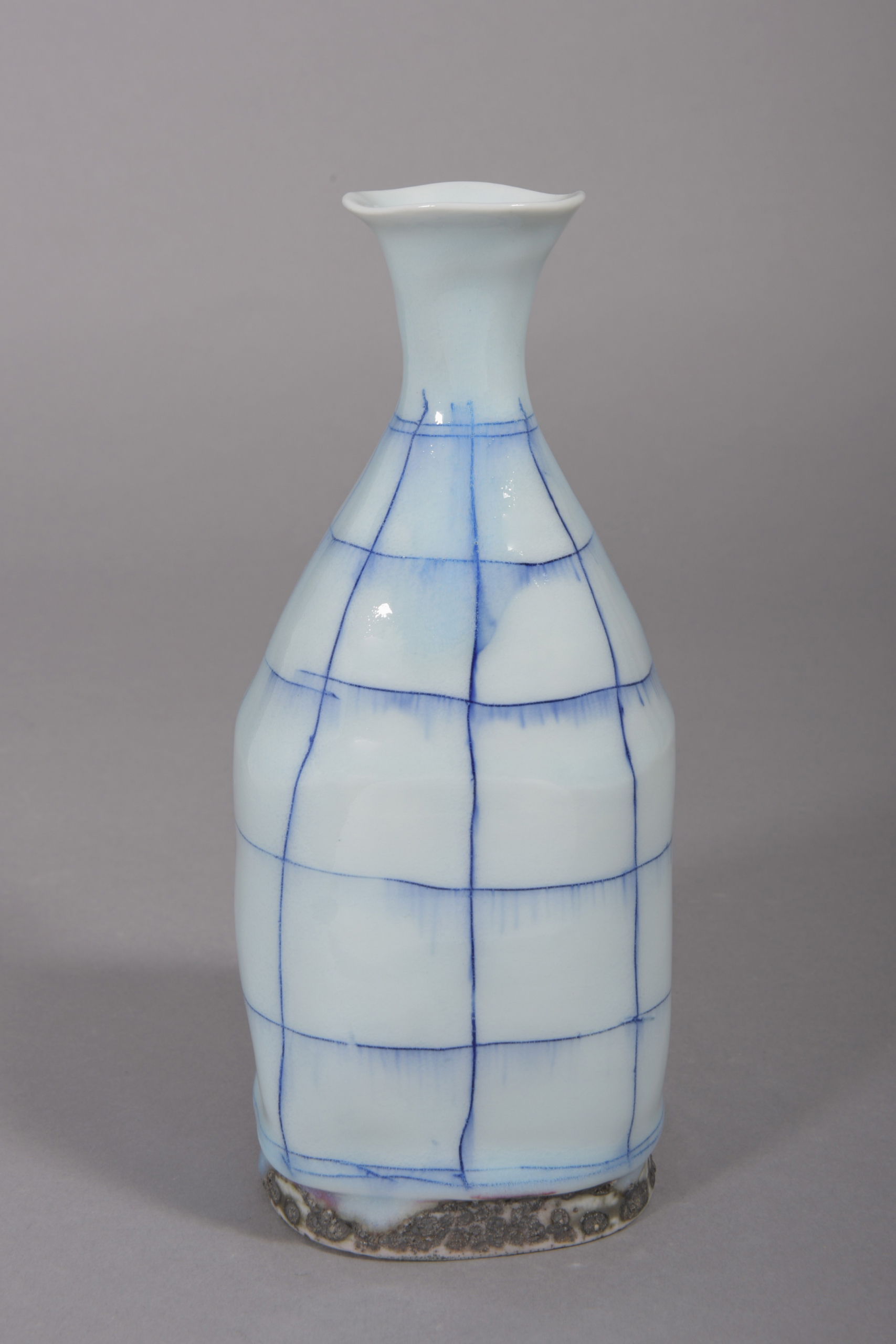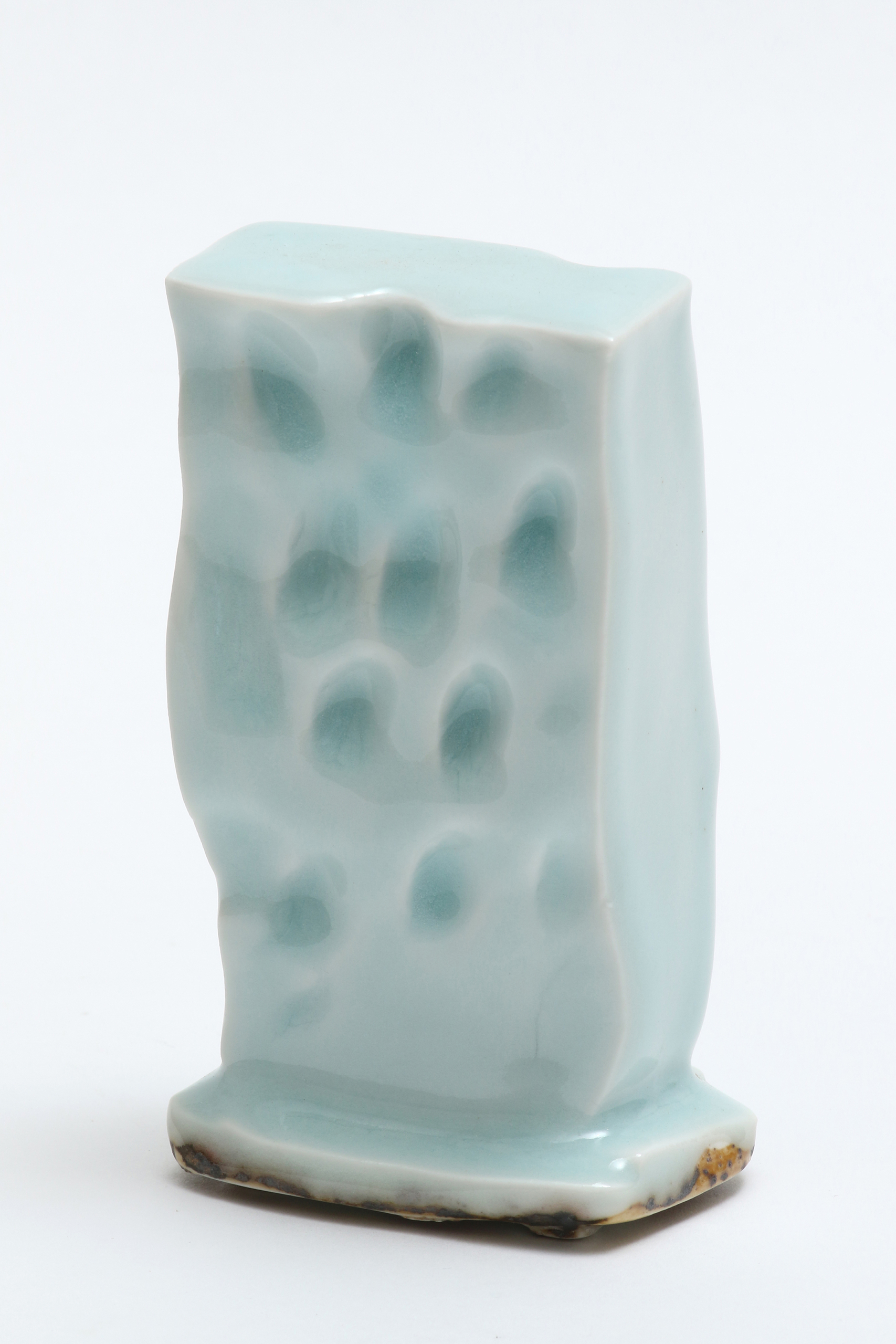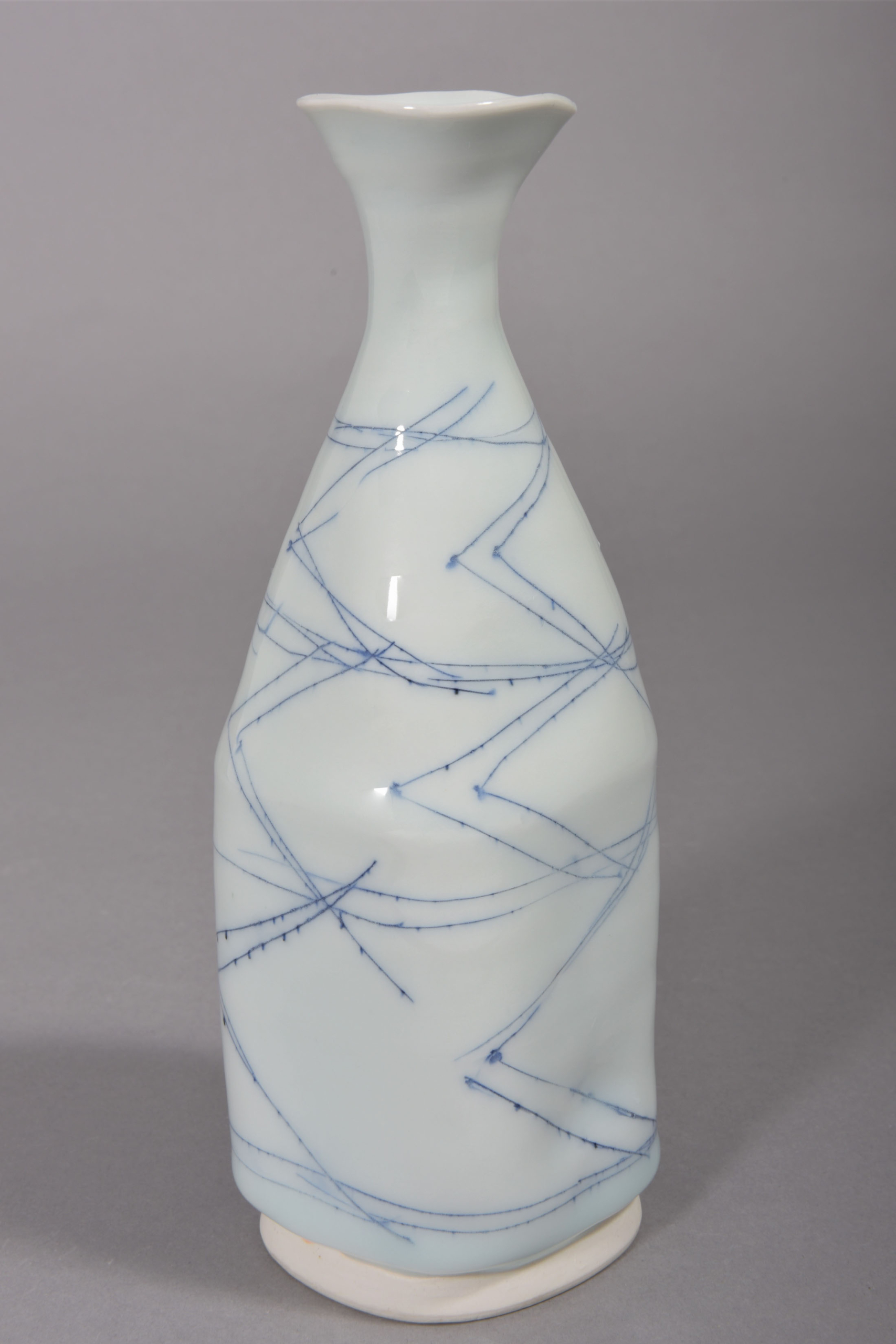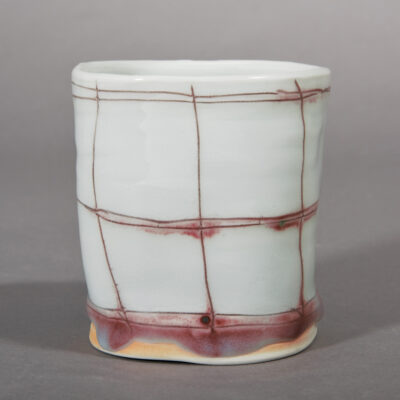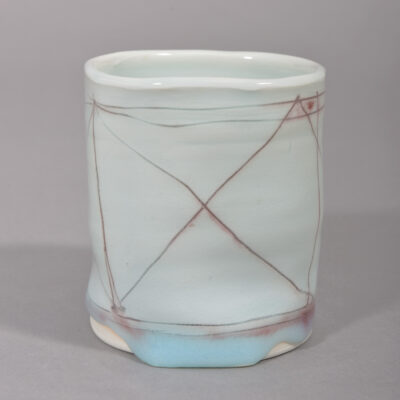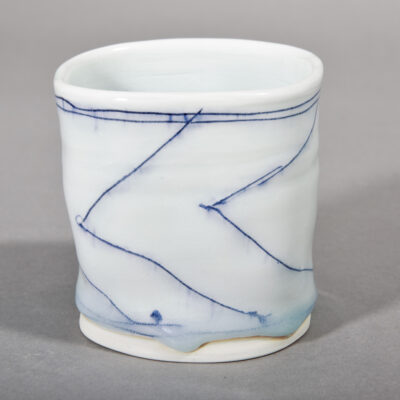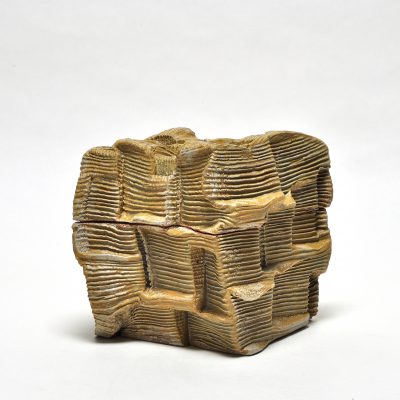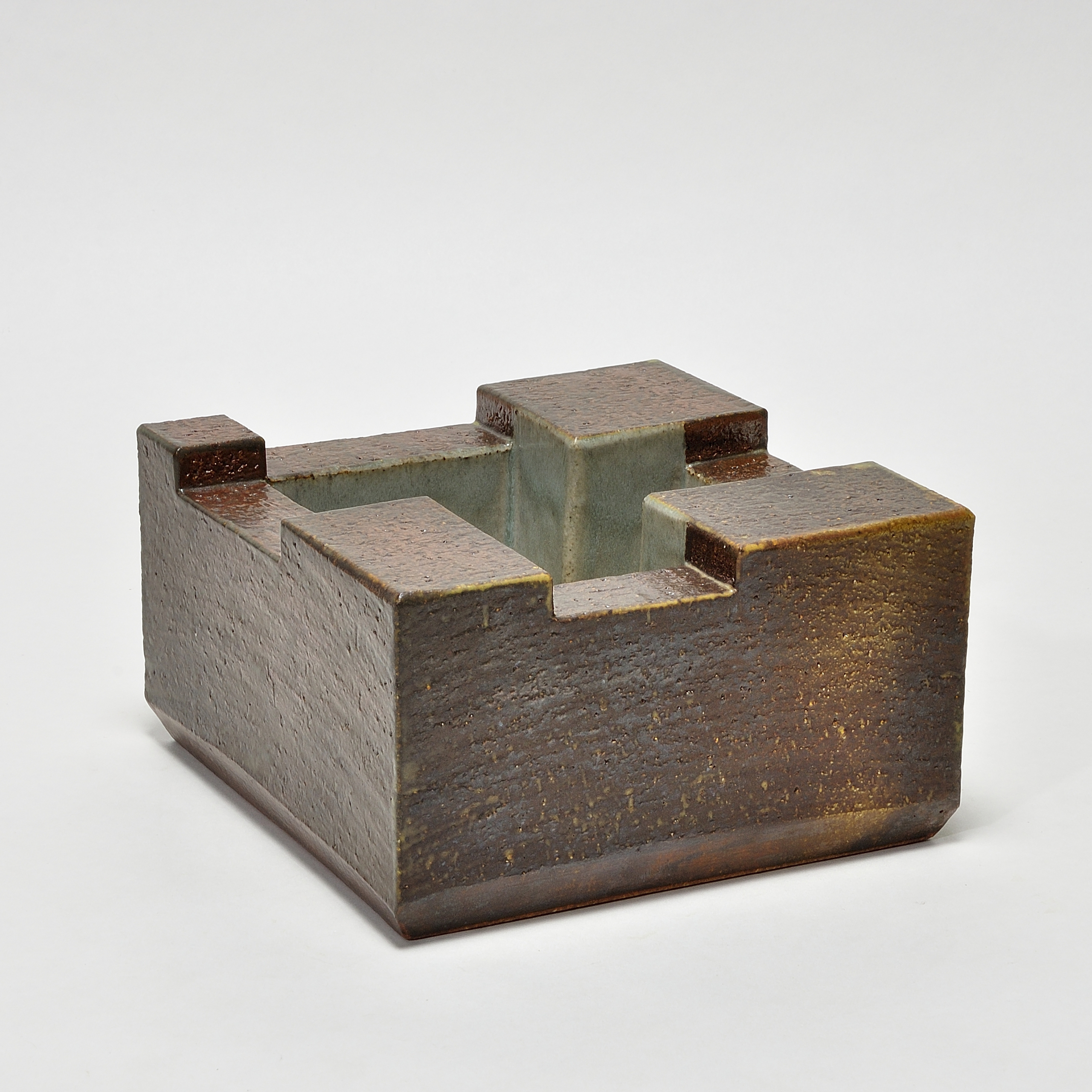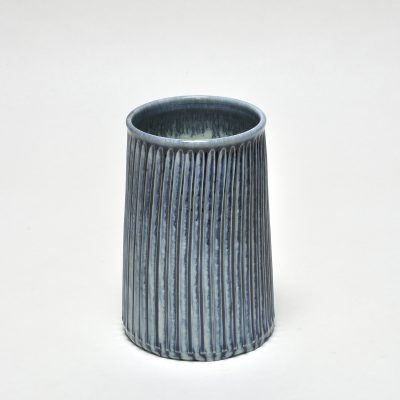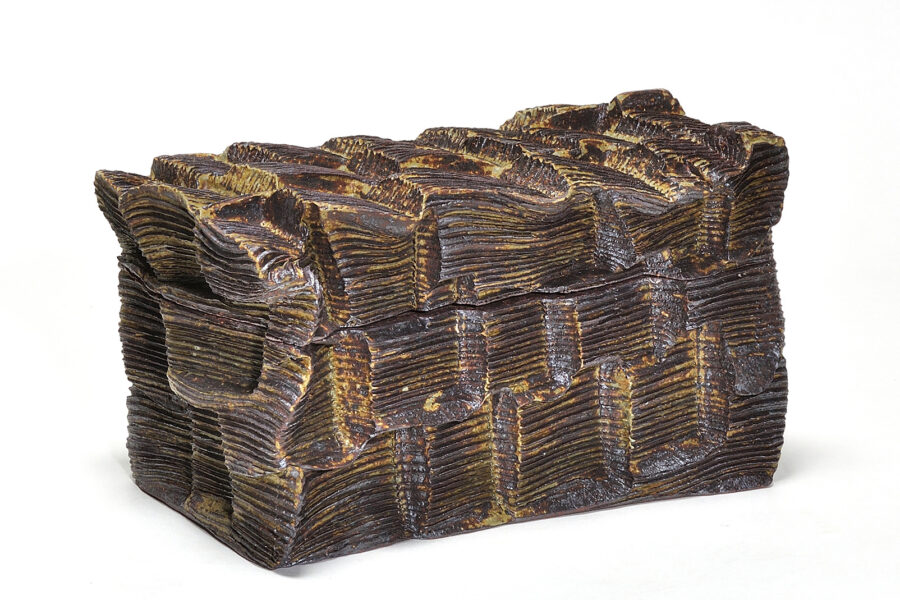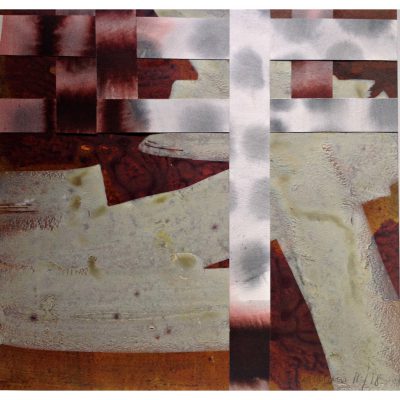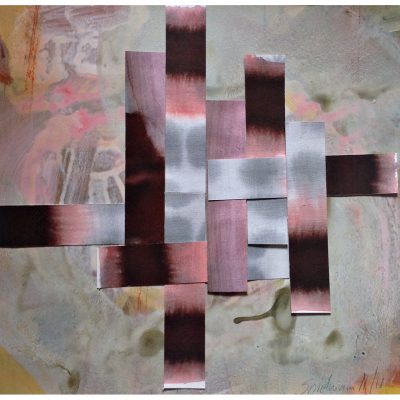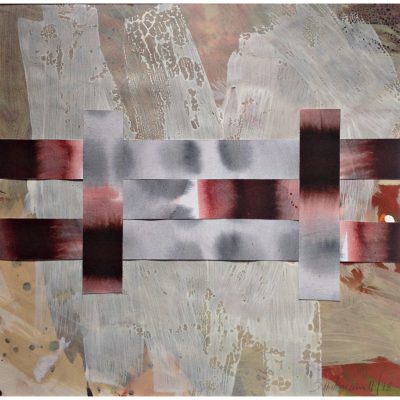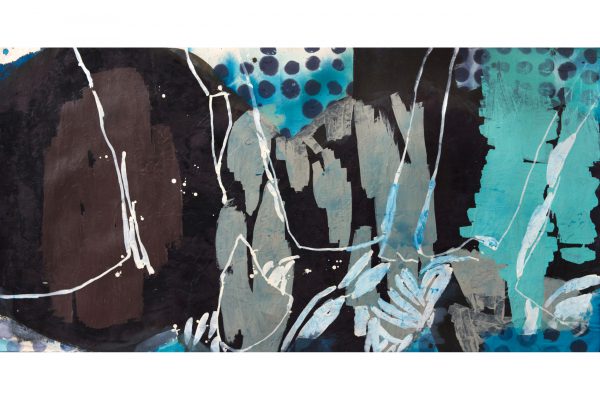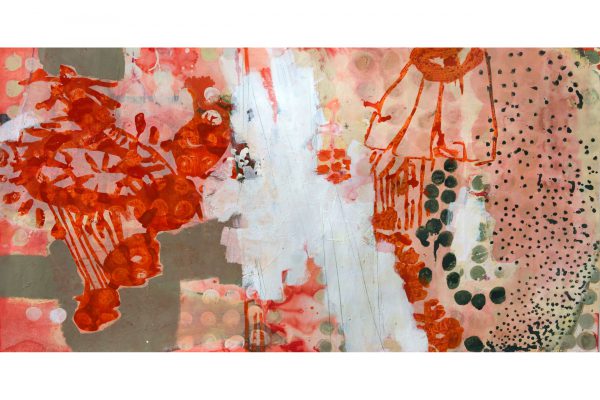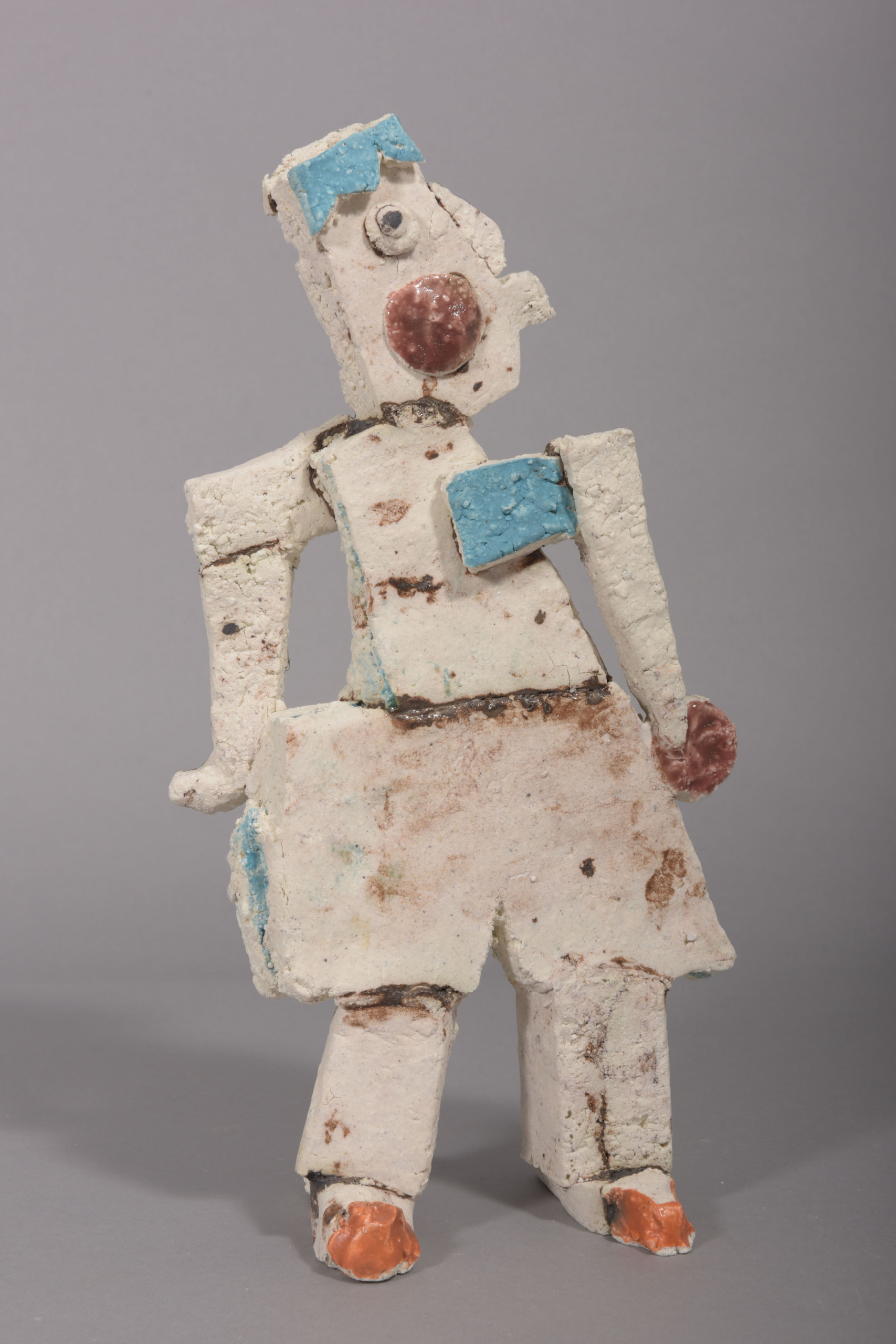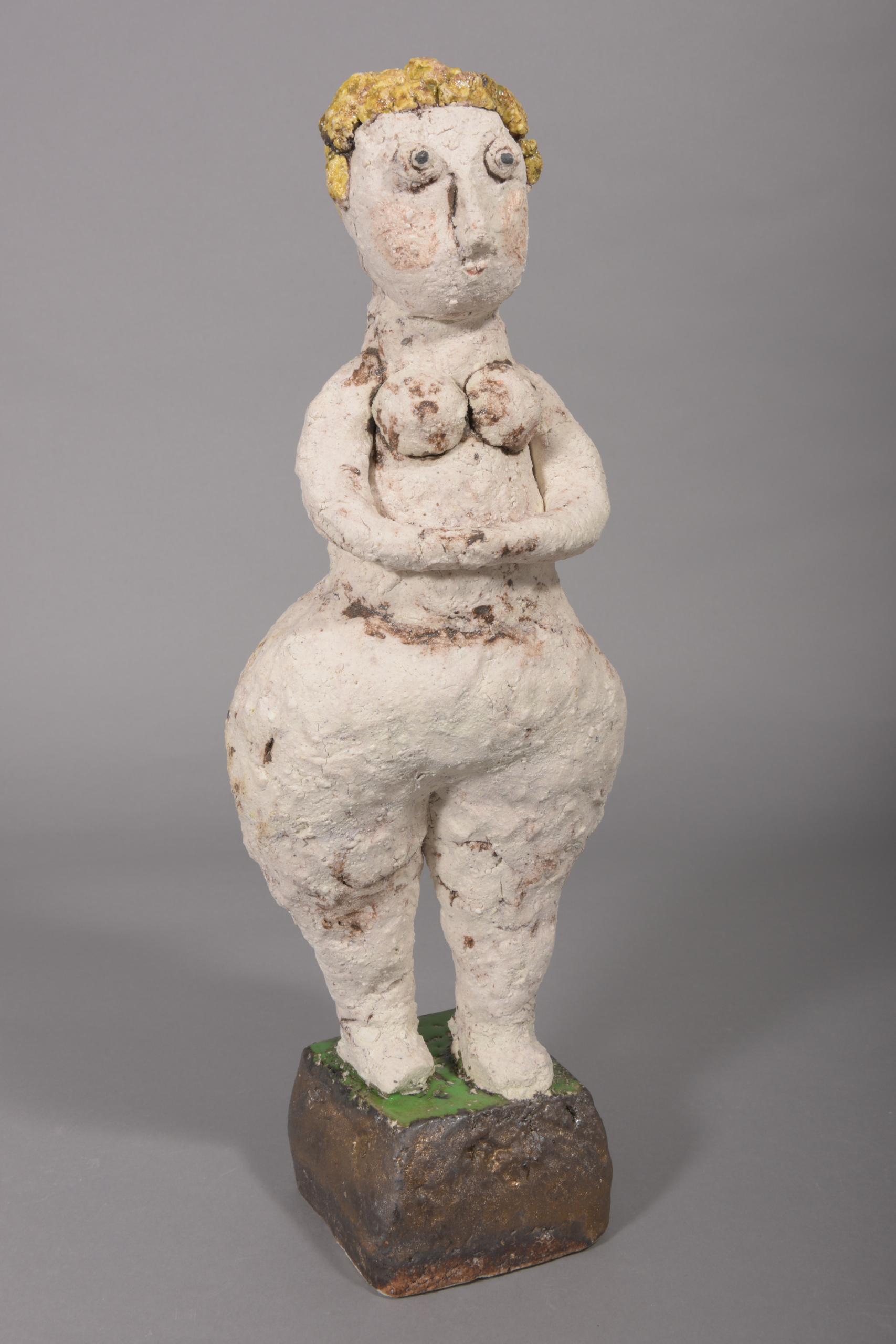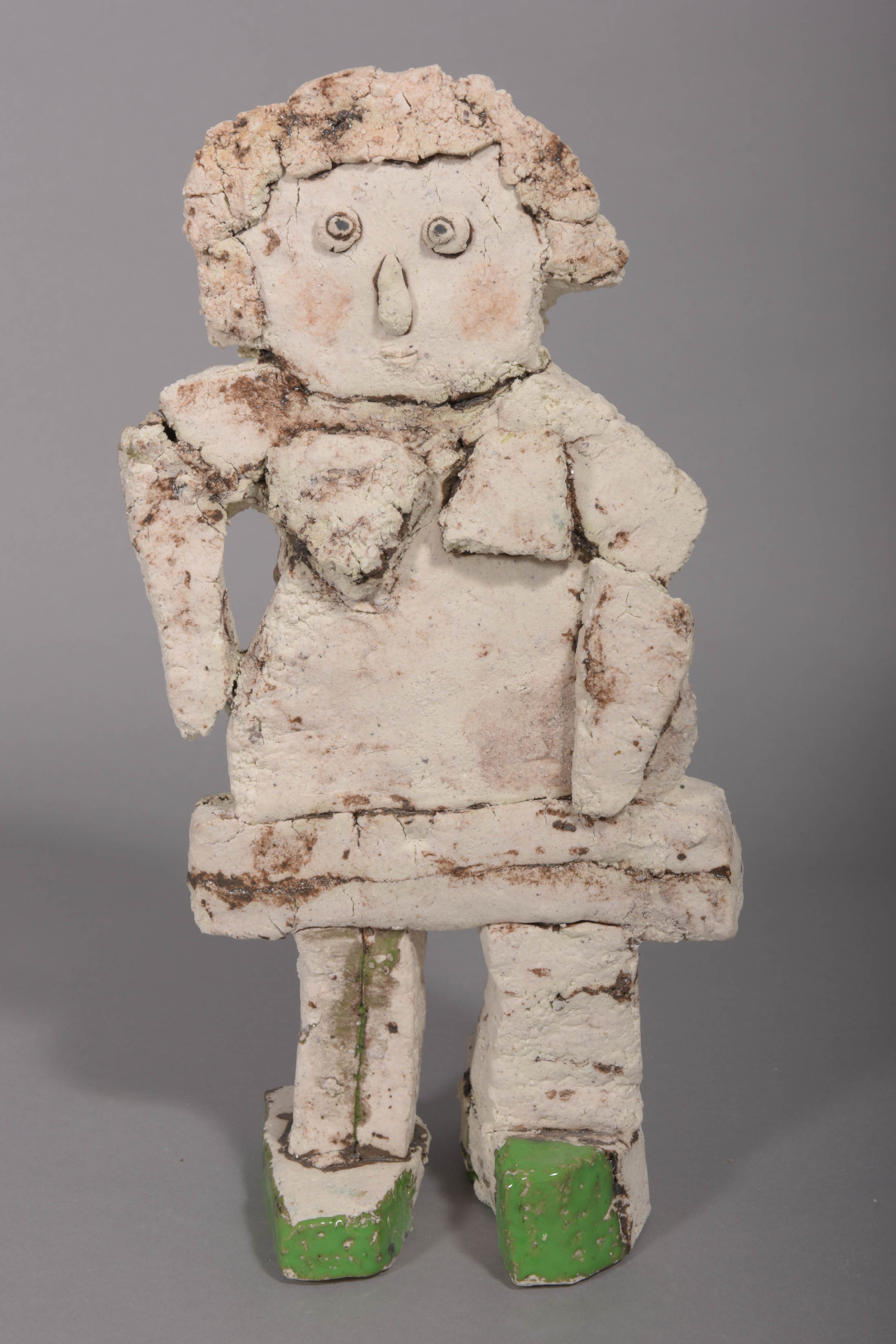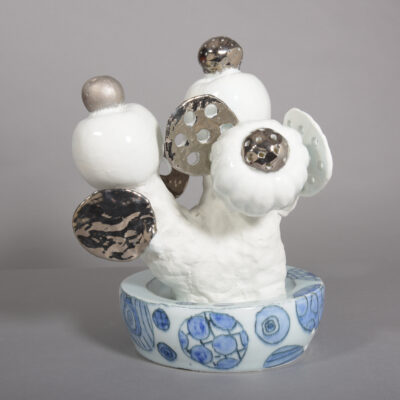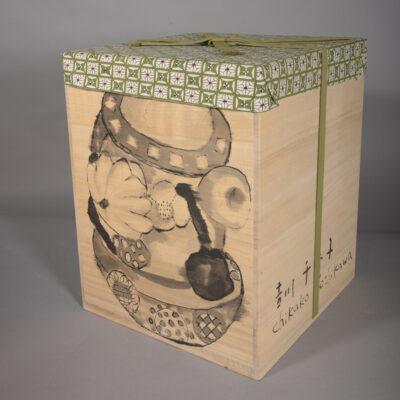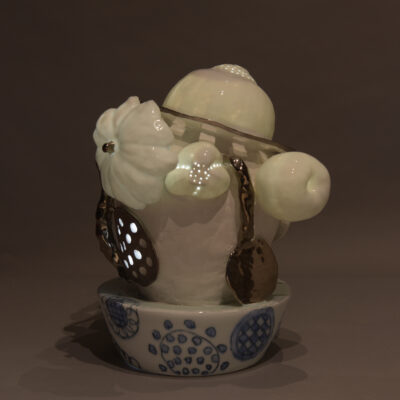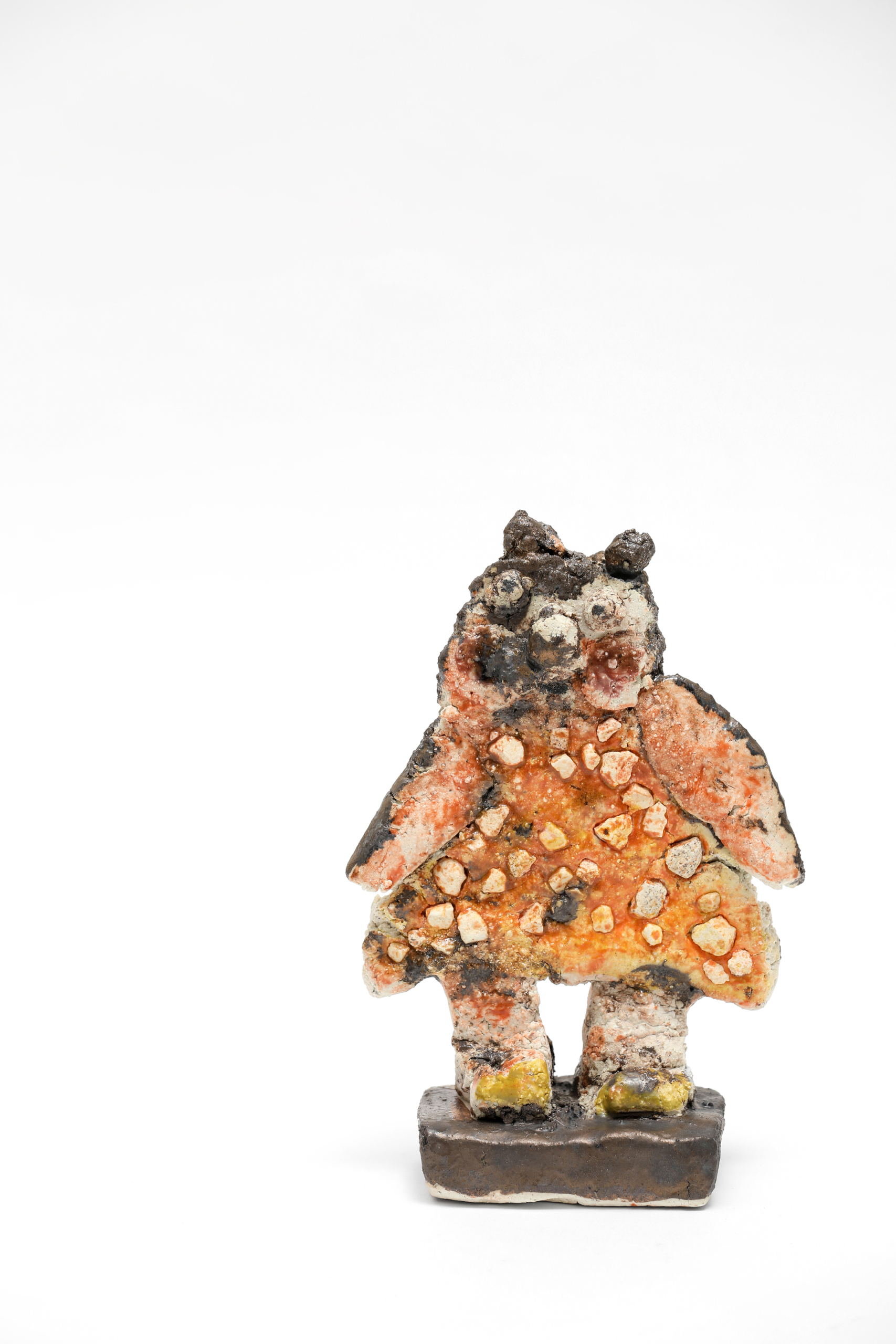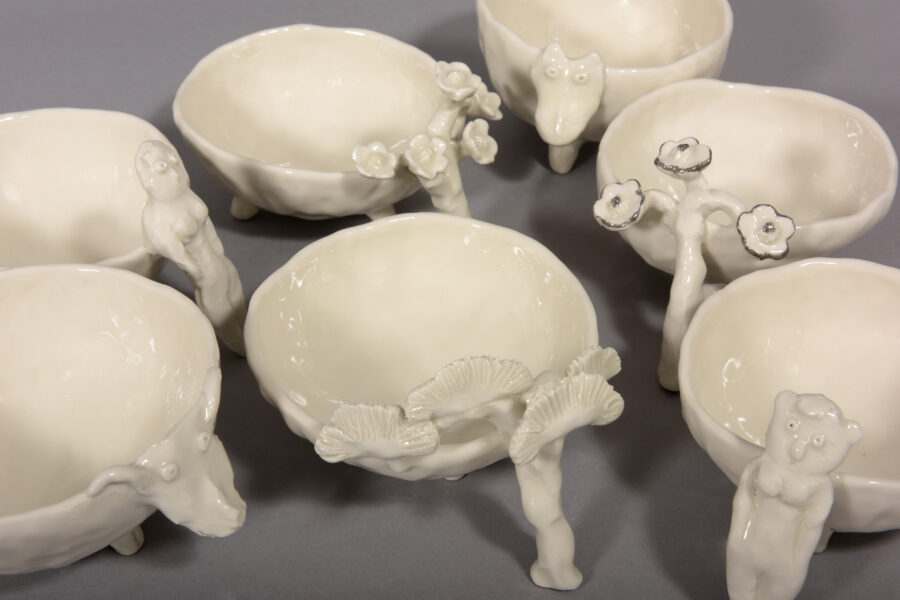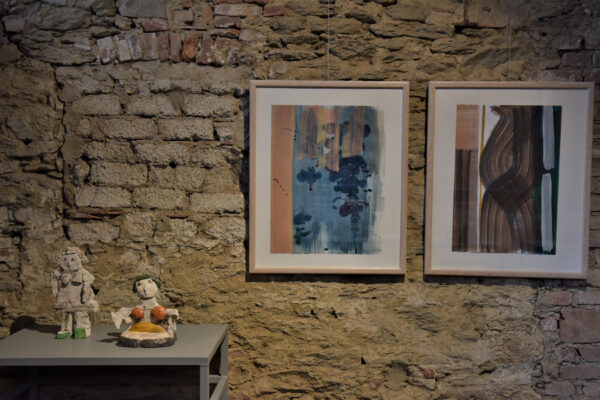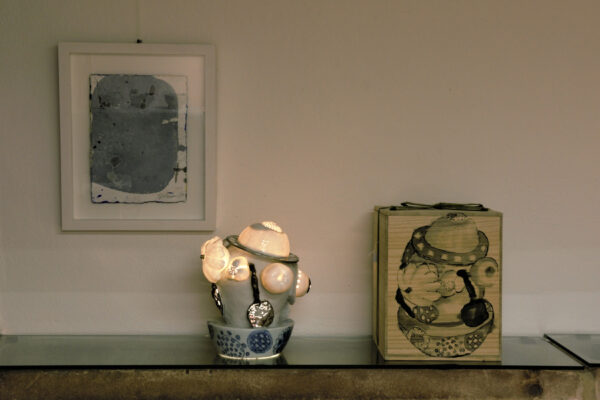再会
invisible placeholder
invisible placeholder
18.10.2020 – 08.11.2020
Saikai – Wiedersehen – Reunion
SEBASTIAN SCHEID
CLAUDIA SPIELMANN
CHIKAKO YOSHIKAWA
MASAMICHI YOSHIKAWA
Opening on Sunday, 18.10.2020 with the artists
The gallery is open between 11 – 17 o’clock .
Use the long opening hours, we are there for you all day long.
Exhibition period from 18.10.2020 – 08.11.2020
The exhibition is open
• Wednesday 14.30 – 19.00
• Saturday 14.30 – 18,00
• Sunday 11.00 – 17.00
and by appointment
invisible placeholder
From 18 October – 8 November 2020, Galerie Metzger in Johannesberg presents the exhibition SAIKAI WIEDERSEHEN REUNION.
THE EXHIBITION SHOWCASES SCULPTURAL WORKS BY Sebastian Scheid, Chikako and Masamichi Yoshikawa, and painting by Claudia Spielmann.
As the name says, the exhibition is a very special reunion.
invisible placeholder
On the Genesis of the Exhibition – A text by Claudia Spielmann
Sebstian Scheid and I have been close all our lives. He is my cousin and an outstanding ceramist. We have shared a love of art, craft and design since our childhood. So it is really no wonder that we have had joint exhibitions and continue to do so. Painting and ceramics go together wonderfully well if you speak a familiar artistic language.
We are both very interested in Japan. Independently of each other, we have both spent extended periods of time in Japan, living there and learning. While Sebastian worked in the studio of Tatsuzo Shimaoka, I was a costume designer with an art scholarship from the Japan Foundation in Tokyo.
It is thanks to Sebastian that one day I undertook the journey to Tokoname. He was working there with his friends Chikako and Masamichi Yoshikawa, both internationally renowned ceramic artists. Chikako and Masamichi welcomed me with open arms. In the following days, which were filled with life and laughter, we too became friends. One morning, Masamichi pressed a roll of handmade paper and some ink into my hands. I took it to a large, deserted factory hall that belonged to their studio and began to paint. Since then, I have a special fondness for working with ink on handmade paper. The time in Tokoname was a gift.
invisible placeholder
invisible placeholder
invisible placeholder
Masamichi Yoshikawa’s colours are linked to memories, he calls the blue drawings in porcelain his diary. The glaze, the seihakuji glaze, reminiscent of a cloudless sky or the colour of a glacier, moves on the object, it melts and floats downwards until the artist cries halt by finishing the firing. They are everywhere but not always visible, sometimes they are even on the bottom of the piece. Through these drawings his works are linked to time. They are vessels that bear stories and traces of the artist.
Nele van Wieringen
invisible placeholder
invisible placeholder
invisible placeholder
invisible placeholder
invisible placeholder
invisible placeholder
My works show their materiality. The marks of making are always visible, you can see every blow of a textured wooden beater or every incision with a cutting wire. This approach is not the same as a ceramist’s, drawing up a vessel on the potter’s wheel but is more related to a sculptor’s. In both cases, the starting point is a solid block of clay from which I take something away through cuts, or with spatulas or knives, or which I beat into its final shape with controlled blows. In contrast, volume is created on the wheel through rotation and the pressure of the hands.
The exploration of the material is very exciting for me – What happens to the material after a blow with a beater? What influence does the firmness of the clay or the force of the blow have? Is the result random or targeted? This is the force field within which my works shaped with a wooden beater are created.
As the title suggests, the pieces from the Atrium series focus on courtyards, enclosed spaces or city squares. These small-scale architectural pieces vary the relationships of interior and exterior, of smooth and rough and thick and thin. This places certain demands on the material, or in other words, I have to have a command of the characteristics and physical properties of the clay.
The porcelain pieces are wheel-thrown and then facetted or given a relief structure with a thin cutting wire, a fine-toothed blade or other tools.
A vessel always stands at the end of the process, whether it is a vase, a jar or a bowl, which at the same time may be a stela, a small-scale sculpture or an architectural model.
Sebastian Scheid, Düdelsheim
invisible placeholder
invisible placeholder
invisible placeholder
invisible placeholder
invisible placeholder
invisible placeholder
invisible placeholder
I work with various formal idioms, forms that I find in humans, animals and plants. And I would like the handcrafting – the marks of making created by my hands – such as the marks of throwing, to remain recognisable, readable.
For instance, I threw the plinth of “Leuchten” (“Lights”, “Beacons”) on the wheel; and where the thin material is translucent and is supposed to be so, I formed it freely by hand.
Incidentally, I recently discovered a similar object in nature, in my home, Japan – and I was entirely fascinated by this natural, unadulterated form. I take up such images too, impressions, objets trouvés, and I draw inspiration from them.
Chikako Yoshikawa, Oktober 2020
invisible placeholder
invisible placeholder
invisible placeholder
